By Peter Lynch | Cruise Passenger
Carnival Cruise Line’s Senior Vice President and Country Manager Peter Little has thrown his support behind Cruise Passenger’s campaign for a national cruise summit, saying a coordinated approach between government and industry is vital if Australia is to remain competitive on the global cruising stage.
Speaking exclusively to Cruise Passenger to mark the start of Carnival Corporation’s 2025–26 summer season, Little said high costs and complex regulation were making it harder to operate in Australia — but insisted the company’s commitment to the region remains stronger than ever.
“It’s a tough place for cruise lines to do business,” Little said. “There are headwinds with operating costs, and cruise ships can be redeployed anywhere in the world where conditions are more conducive. That’s why a whole-of-government approach, like we’ve seen work so well in New Zealand, is essential.”
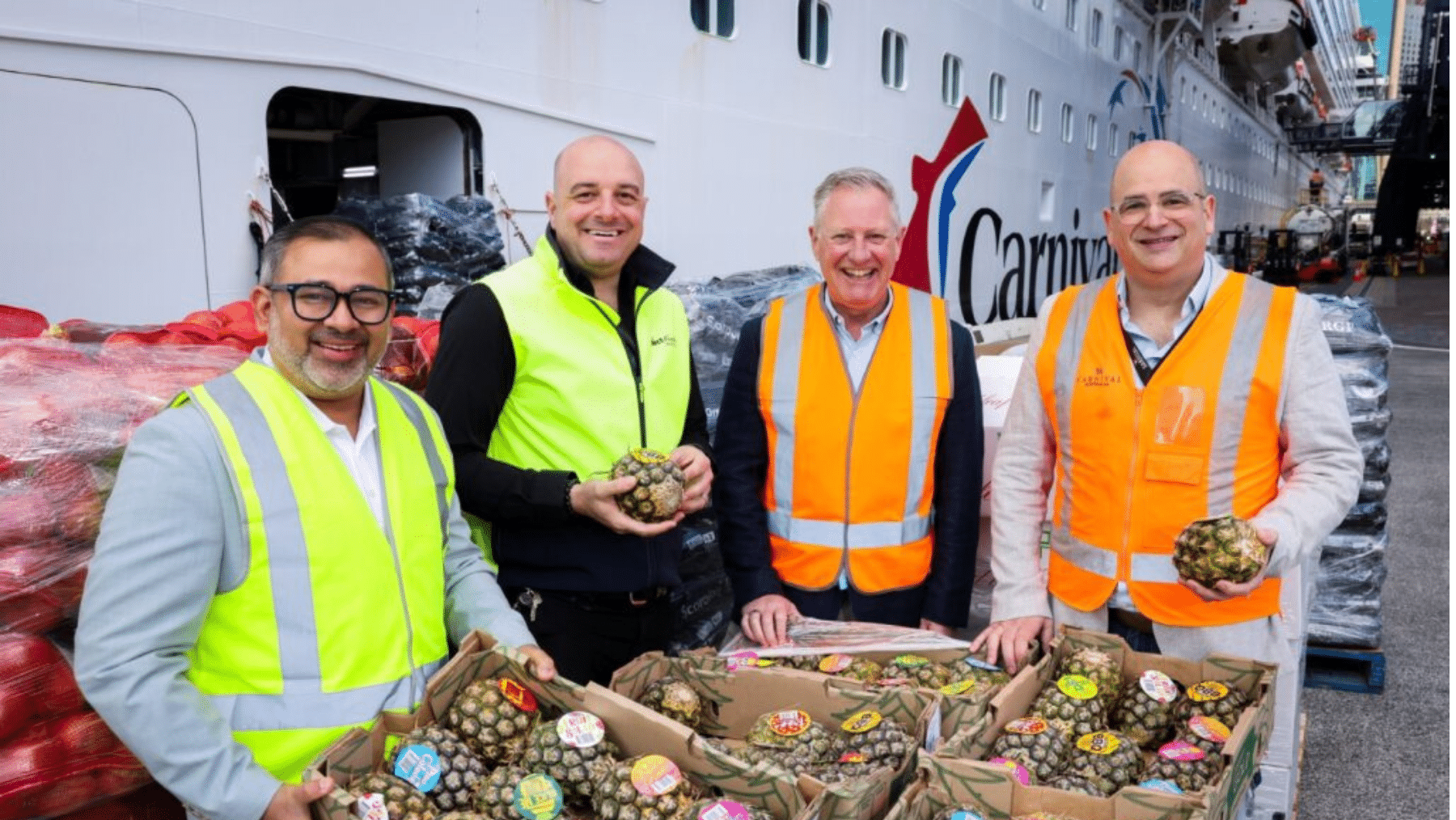
$4 Billion Boost to the Economy
Carnival Corporation this week confirmed its biggest-ever summer deployment, with 17 ships from seven of its cruise lines operating across Australia, the South Pacific and New Zealand.
Together, the ships will contribute an estimated $4 billion to the Australian economy through tourism, port operations, and supplier contracts.
The season opened with Crown Princess arriving in Sydney on 26 September and runs until April 2026, when Island Princess departs Brisbane.
Eight ships will homeport in Australia, with Carnival Adventure, Carnival Splendor, Carnival Encounter and Carnival Luminosa leading the charge — making 140 turnaround calls and carrying 600,000 guests.
“Our commitment to the Australian cruise market is unparalleled,” said Little. “We’re proud to support thousands of local jobs by sourcing hundreds of millions of dollars’ worth of Australian food and beverages for our ships.”
The Case for a Cruise Summit
While celebrating the new season, Little didn’t shy away from highlighting the sector’s structural challenges.
He acknowledged the difficulties posed by rising port costs, regulatory uncertainty, and uneven state-by-state policies, all of which can deter cruise investment.
“We need continued collaboration between stakeholders, government bodies, and suppliers to ensure Australia remains a viable cruise destination,” Little said. “New Zealand had a high-cost environment too, but with a whole-of-government approach they’ve turned it around. Australia can do the same.”
Little’s endorsement gives momentum to Cruise Passenger’s call for a national cruise summit, bringing together government, ports, and industry leaders to chart a path forward.
“Your campaign has really helped put this issue front and centre,” Little said. “CLIA Australasia is already in conversations with government, and there’s genuine interest in how they can play a more active role in growing cruising.”
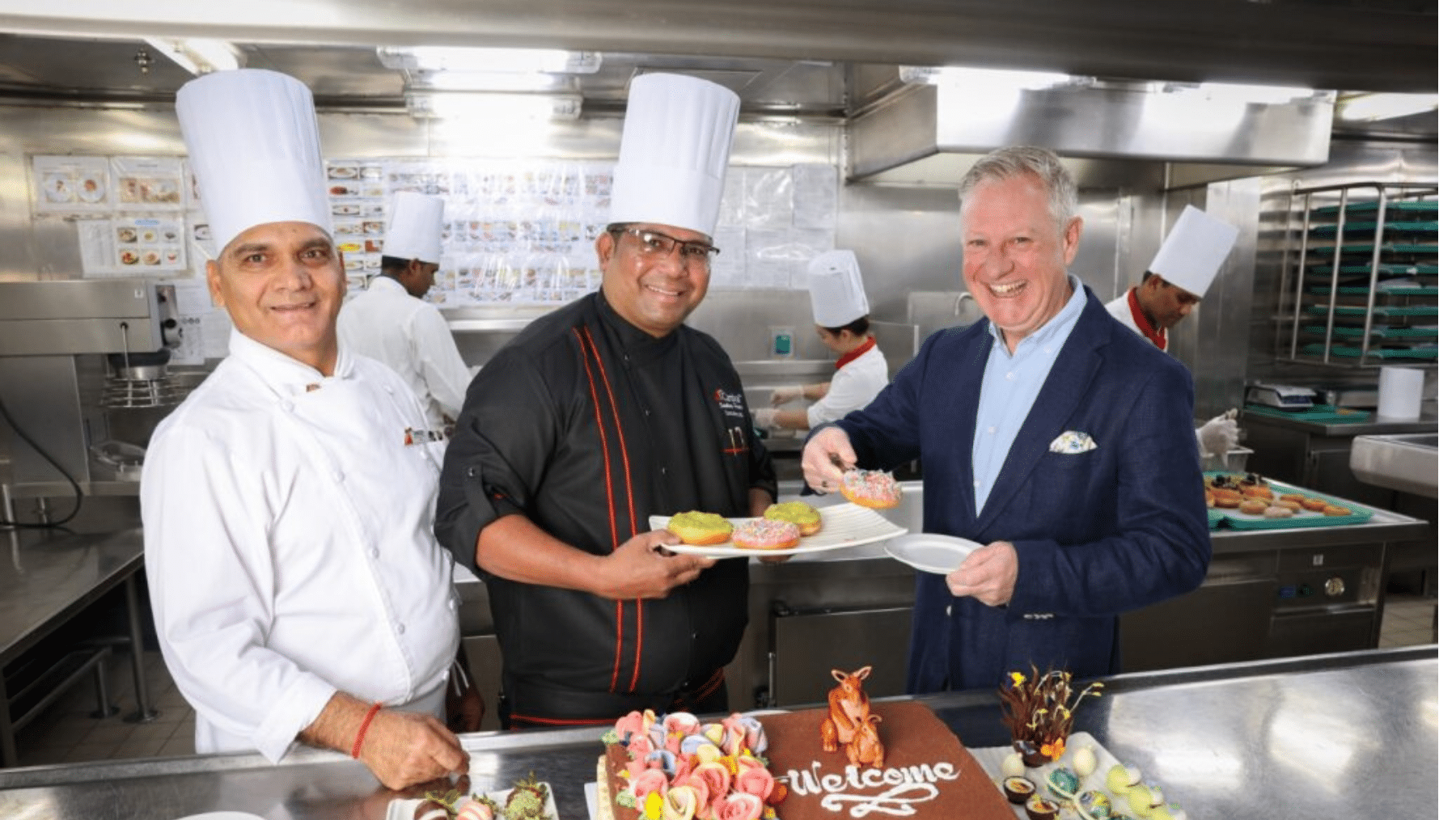
Year-Round Cruising Here to Stay
Little also reassured the market that Carnival is not planning any reduction in its Australian deployment.
“There are no plans to pull back,” he said. “We’re scheduled well into the future with two ships in Sydney and two in Brisbane. This market remains incredibly important to us.”
He reaffirmed Carnival’s long-term commitment to year-round operations, noting that demand remains strong and the company is seeing a surge in younger and family travellers.
“We know Australians love value, and that’s not going to change,” Little said. “Cruising is one of the best-value holidays you can take — and our short, fun itineraries are attracting more millennials and young families than ever before.”
Affordable Fun and Family Value
Carnival has carved out a distinctive position as the budget-friendly, family-focused cruise line, even as competitors shift toward premium pricing.
Little said the company’s global scale allows it to keep fares accessible.
“Because we’re part of the world’s largest cruise organisation, we can leverage that scale to keep costs down and still deliver a great experience,” he said.
That value proposition is paying off — Carnival’s shorter weekend and three-to-five-night cruises continue to sell strongly, offering an easy escape for time-poor Australians looking for a quick getaway.
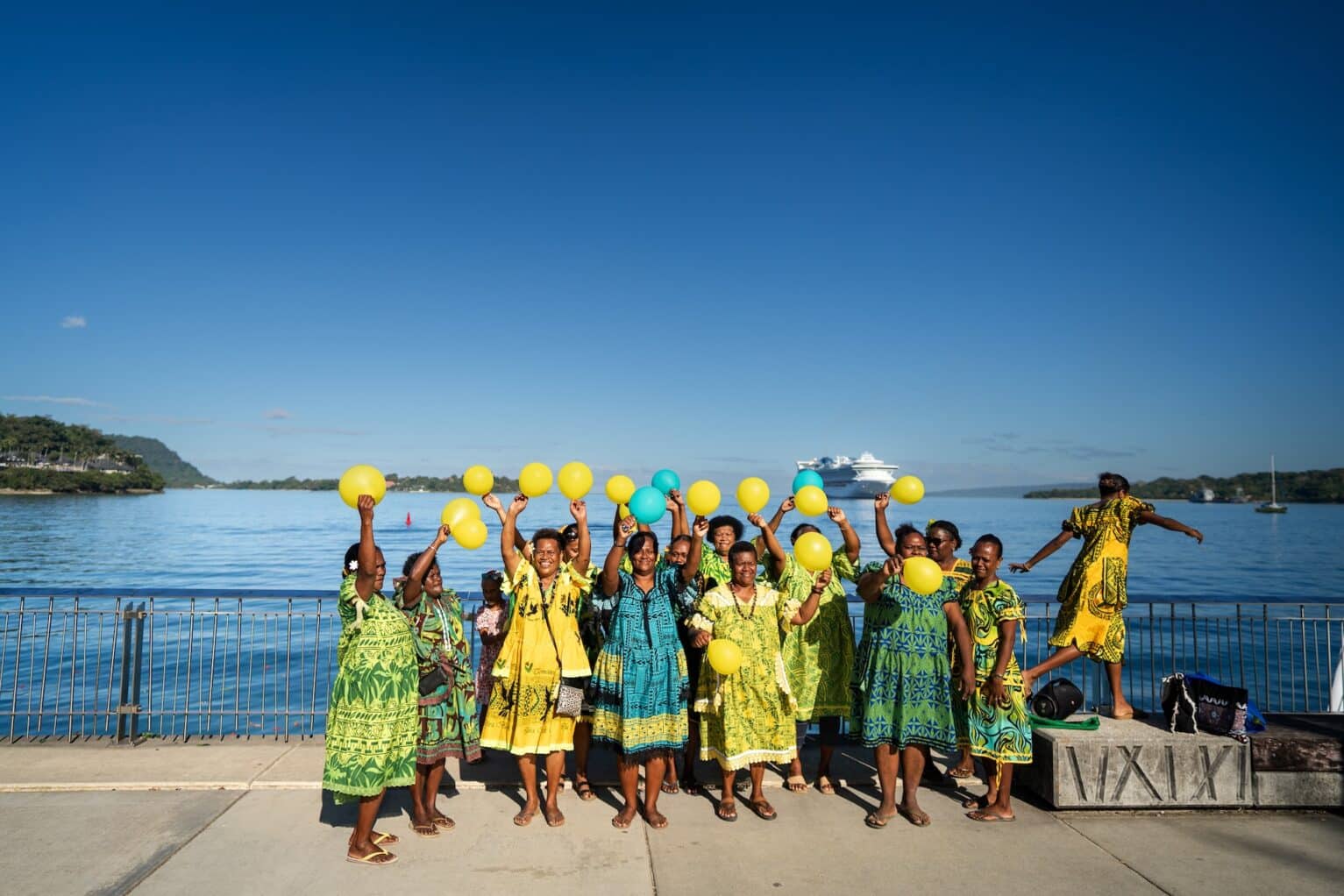
Destination Fatigue and Fleet Updates
Addressing questions about destination fatigue, Little said Carnival is actively working to expand its South Pacific portfolio rather than following competitors into the private-island model.
“We’re continuing to explore new destinations and ways to spread deployment beyond the east coast,” he said. “We don’t want every cruise line falling over each other in the same ports.”
Carnival has already confirmed a return to Melbourne in 2027, with Carnival Adventure homeporting from the city.
“That’s just the start,” he teased. “Watch this space for more announcements on new deployment.”
Little also revealed that two former P&O vessels now sailing under the Carnival brand will undergo major dry-dock upgrades in 2026, with details to come closer to the time.
Optimism Despite Headwinds
While Little was frank about the “headwinds” facing the industry, his was optimistic.
“Demand remains strong — from Australians and international visitors alike,” he said. “If we get the policy settings right, the future for cruising in Australia is very bright.”
He said the industry’s contribution to the national economy was too significant to ignore.
“Cruising generates billions for the economy, supports regional communities, and offers Australians an affordable way to see their own backyard. With collaboration and support, this market will continue to grow.”
For more, see Carnival’s website.

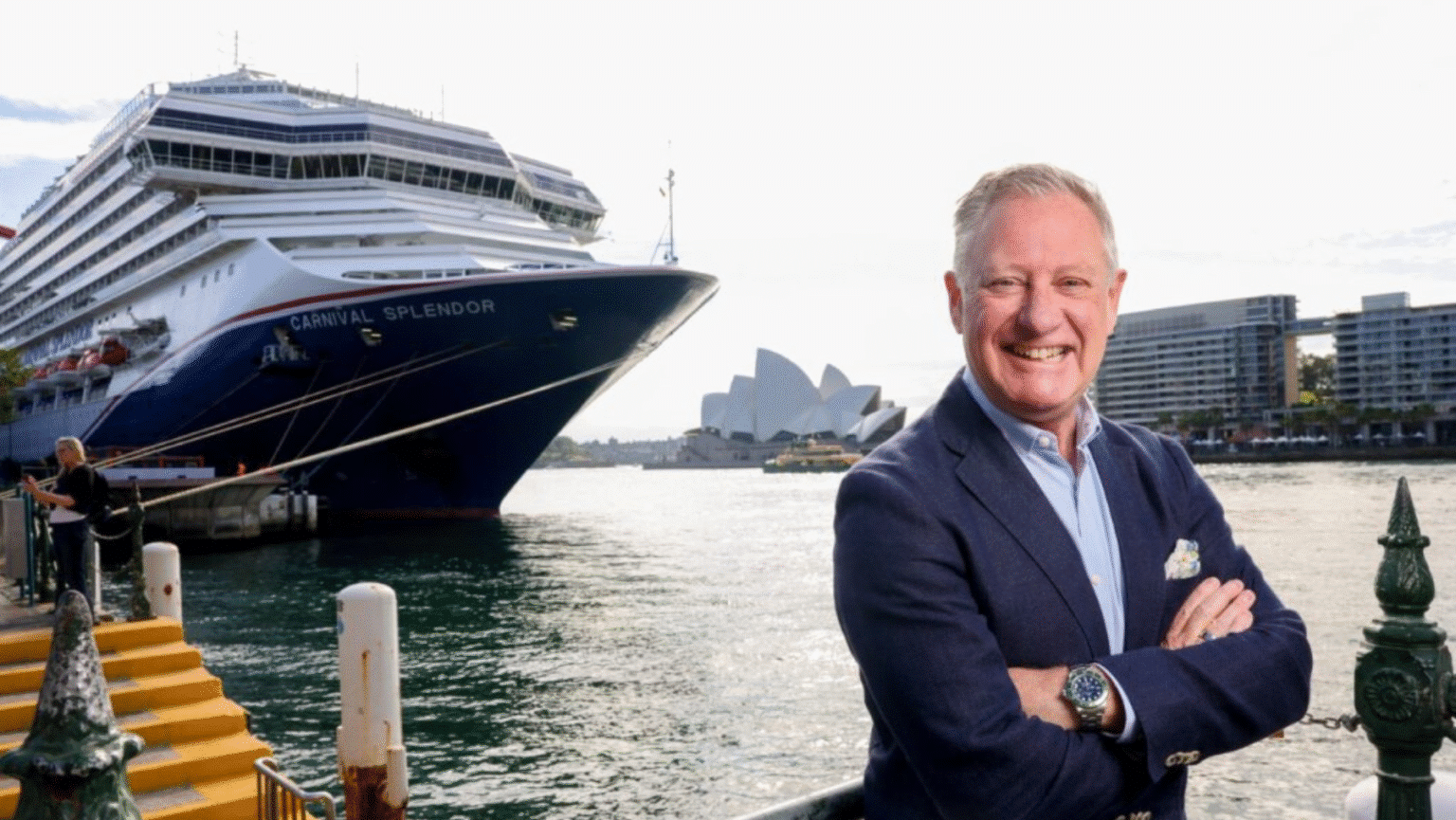




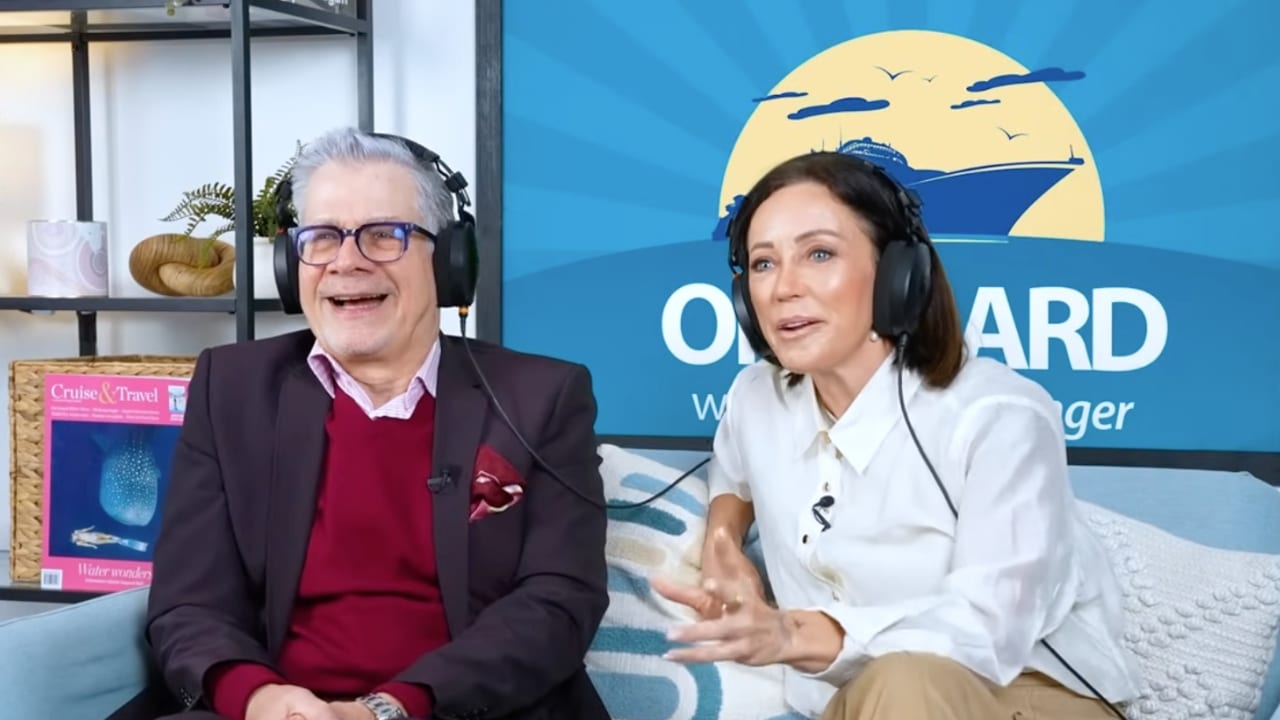
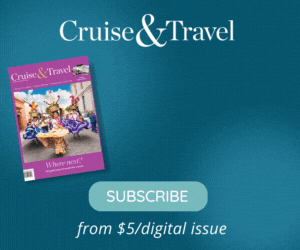
Got off the Adventure in White’s Bay Thursday morning after a 9 night cruise with my daughter and two granddaughters! Was a great cruise, wonderful food & entertainment, lovely friendly staff everywhere! Only negative thing to say was that I was disappointed that no staff members were there to say “Welcome Aboard”
Alright for a lot of people but we live inland from Cairns on the beautiful Atherton Tableland up in the mountains. Wherever we want to cruise, we must fly to a city and return, for starters half your money is gone. We need to leave on a cruise ship from Cairns, return and cruise to wherever the ship is going. Would love Cairns to Samoa, and Islands out in the big ocean. Also Cairns to New Zealand, Cairns to Fiji, surely you can make enough up to do a few out of Cairns per year.
I agree I also live in Perth and used to cruise with P&O out of Fremantle but we do not have that choice now and have to travel extra just to start and finish cruising which adds to the cost.
We are big cruises. Having done 56. We are Elite with Princess but unfortunately your loyalty program doesn’t match R/C whom we are Diamond. We are Perth based used to love cruising from Fremantle up to Singapore Asia return. Now we have to fly to Sydney or Brisbane.